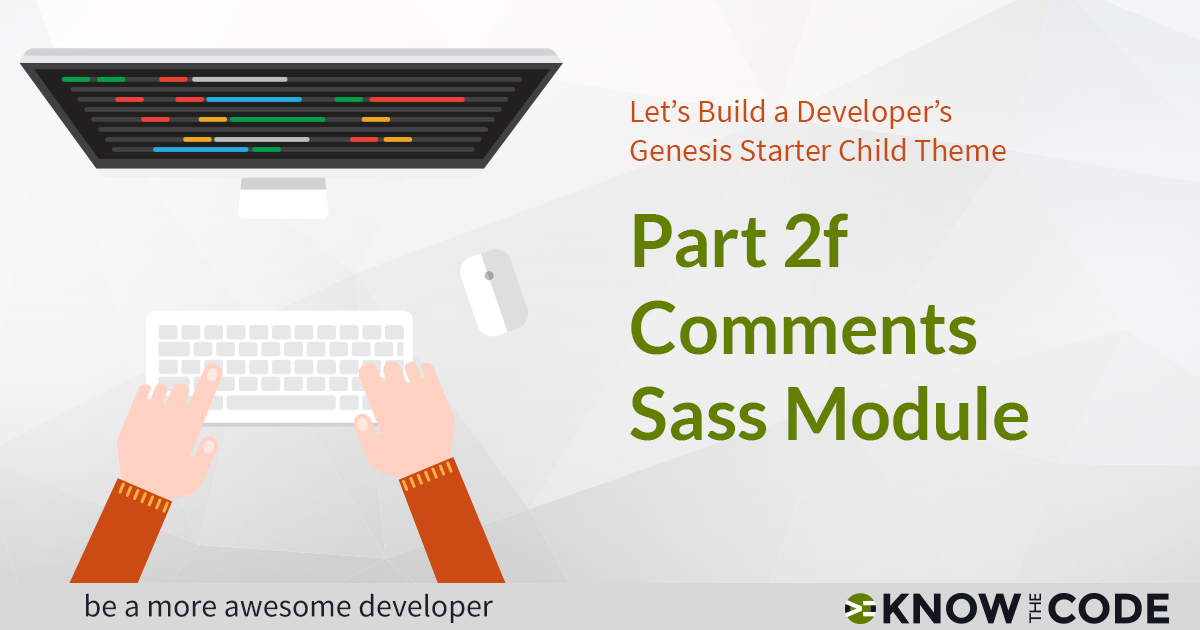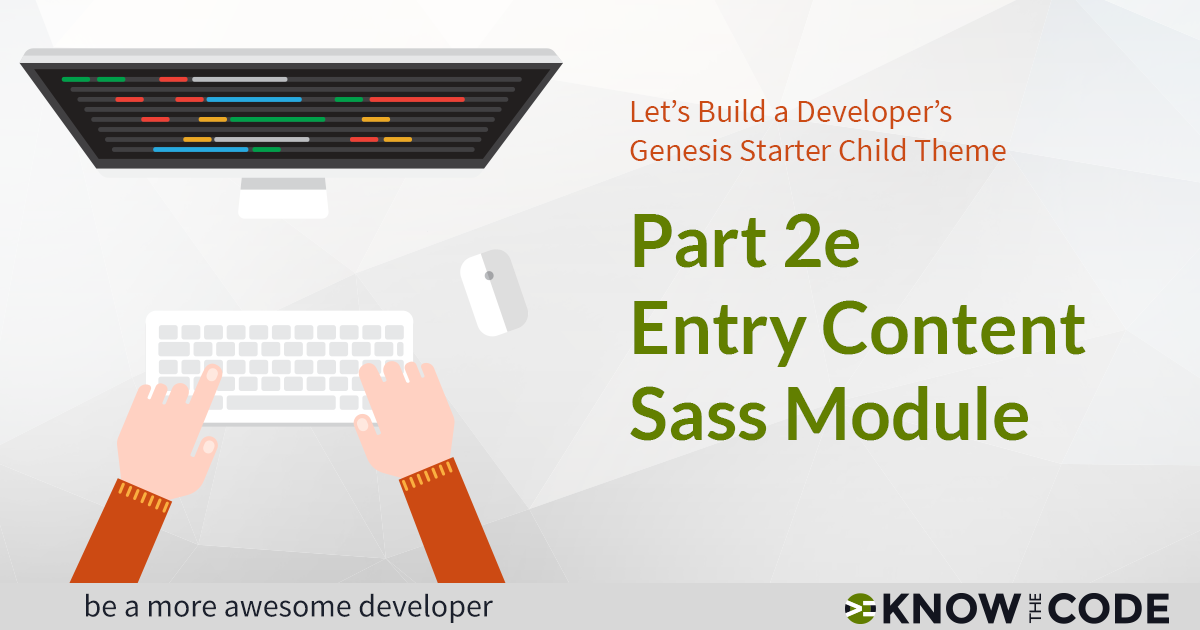So now you know the benefits and how writing your styles in a modular fashion helps you to do more and make more. How are you going to do it? Native CSS doesn’t provide the means for modularity or clean, quality coding. Meet Sass, Syntactically Awesome Stylesheets. Sass adds the powers of functionality and variables to CSS. You now write your styles in a code-based format that is clean, DRY, and modular. Let’s talk about Sass and how it will help you.
Labs
Labs are hands-on coding projects that you build along with Tonya as she explains the code, concepts, and thought processes behind it. You can use the labs to further your code knowledge or to use right in your projects. Each lab ties into the Docx to ensure you have the information you need.
Each lab is designed to further your understanding and mastery of code. You learn more about how to think about its construction, quality, maintainability, programmatic and logical thought, and problem-solving. While you may be building a specific thing, Tonya presents the why of it to make it adaptable far beyond that specific implementation, thereby giving you the means to make it your own, in any context.
The Why of Modular CSS
Just like we discussed in converting to a modular PHP theme architecture, modularity applies to everything you build in code, including your stylesheets and CSS. What are the benefits to you? Why would you want to write your styles in a modular fashion? It does the following for you: Saves you time Increases the quality of your code and product Reduces errors What does that mean for you? Takes you less time to produce solutions, meaning a lower product cost and time to market. Makes you more in demand, marketable, and valuable. That means you can make more moola. Let’s […]

Push it to GitHub
Let’s commit your changes and then push them to GitHub, GitLab, or Bitbucket. We’ll walk through the current commit in GitHub too to see what it looks like and how to read it. Here is where you can find the last version of the entire lab in the Know the Code’s GitHub repository: Get on Github.

Refactor
Alright, now you have all the styles broken out into the proper partials based upon the components. Now it’s time to return to refactoring by pulling over the media queries, identifying variables, and getting rid of redundancies.
Lab Introduction
This episode is an introduction to the lab where you are going to convert a typical stylesheet over to a modular architecture. You will use Sass as the means to accomplish this, as native CSS does not provide that functionality. In this lab, you are going to learn about why modular CSS saves you time, makes your code and workflow more efficient, improves maintainability, and advances you forward in building higher quality products. Then you will begin slicing up the style.css file and migrating it over into the Sass partials. This is the first step to the conversion process from […]

Break Out the Styles
Let’s rethink our current module architecture and how we have the partials laid out. The comments have several components and sub-components. Right? It has the following components: comments list comment which includes the header, author, meta, and comment content respond pings Just like we did for the entry header and footer, it’s best to break out components into their own partial. For the comments, it’s up to you how far you want to break things out. Let’s talk about several strategies and think about different alternatives.

Lab Introduction
Let’s look at the components which make the Comments Module by looking at Tonya’s personal blog. You’ll notice that there are multiple components and sub-components. Therefore, in this lab, we will look at various alternatives for breaking up the styles and determining the architecture. Then you’ll finalize this module as you’ve done with the others.

Git Commit
Let’s go through the .gitignore that I use, which you can copy from the GitHub repository. Then you will start filling out your repository’s README.md file. Then the last step is to commit your changes and then push them to GitHub, GitLab, or Bitbucket. Here is where you can find the last version of the entire lab in the Know the Code’s GitHub repository: Get on Github. We also talk about shortcuts in PhpStorm’s console to help you be more efficient.

Refactor
Alright, now you have all the styles broken out into the proper partials based upon the components. Now it’s time to return to refactoring by pulling over the media queries, identifying variables, and getting rid of redundancies.

Entry Title Styles
Looking at the stylesheet, there are styles for the entry title which are in the common classes module. Let’s discuss what to do with these styles.
